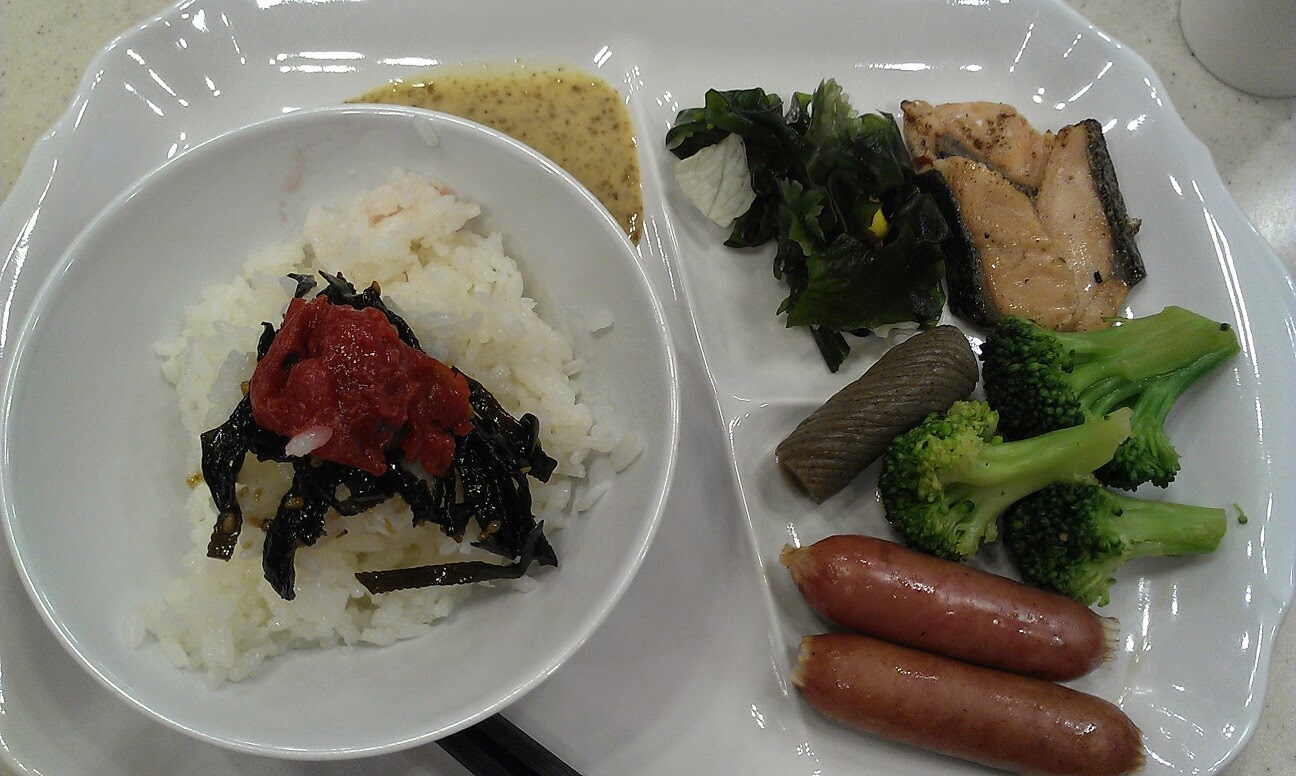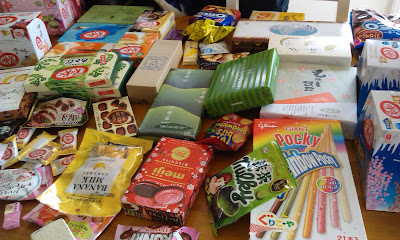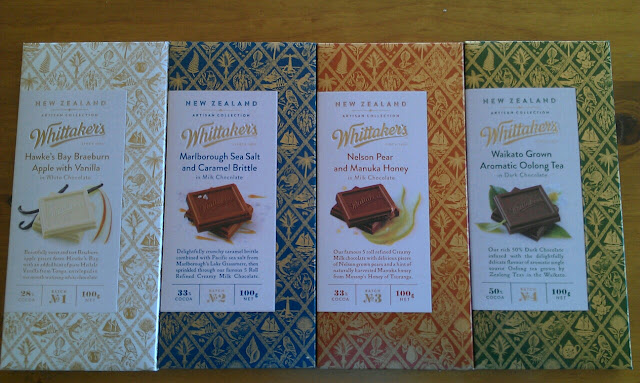Tokyo: Ghibli, Asakusa, Tokyo Skytree
Day One
BREAKFAST
The Tokyo hotel was the Toyoko Inn, a neat hotel despite the tiny rooms. Situated ten minutes' ride from the nearest station, a shuttle is provided that runs every fifteen minutes to and from Shinagawa station, a nice touch in addition to free Wi-Fi and an excellent breakfast. A self-service buffet, breakfast included pastries, or a more traditional Japanese breakfast consisting of rice and a selection of small dishes and soup, and drinks machines that dispensed hot and cold espresso beverages and milk tea within seconds, calibrated to fill the paper cups provided perfectly, a taste of what I would later see as only the beginning of Japanese technology.
GHIBLI MUSEUM
The museum is about ten minutes' walk from Kichijoji station, a scenic tour through a park. Though it was an option taken to avoid the bus fare for a 3-minute ride, it made a good start to the morning.
The Ghibli Museum was the first on the itinerary, and definitely something that was not regretted. Though I'm not an avid watcher of Ghibli Studio movies having only seen the more common Spirited Away and Howl's Moving Castle, it was, regardless, an incredible experience which could not have been more perfect to start a trip in Japan. Even my parents, both of whom have never seen a Ghibli movie in their lives, found it incredible, not only due to their appreciation for art, but also from the way the museum itself is structured.
Upon entrance, proof of booking is exchanged for the real tickets. Film in a little case shows three frames from various Ghibli movies.
The Ghibli Museum has three floors of exhibits, which show things from the production of the movies such as concept art, to various artworks and figurines familiar to the Ghibli movies. One of the features of the museum is the show in the theatre that plays every twenty minutes, a short film in the very typical light-hearted Ghibli style. The show, unbeknownst to my family as we waited in line, is all in Japanese. Regardless, it was very cute, though something that we would likely have enjoyed more if we had some understanding of what we were watching, as much of the plot was driven through dialogue.
 |
| Outside Kichijoji station: Snap courtesy of Sis#1 |
The Ghibli Museum was the first on the itinerary, and definitely something that was not regretted. Though I'm not an avid watcher of Ghibli Studio movies having only seen the more common Spirited Away and Howl's Moving Castle, it was, regardless, an incredible experience which could not have been more perfect to start a trip in Japan. Even my parents, both of whom have never seen a Ghibli movie in their lives, found it incredible, not only due to their appreciation for art, but also from the way the museum itself is structured.
 |
| Look who the concierge is! |
Upon entrance, proof of booking is exchanged for the real tickets. Film in a little case shows three frames from various Ghibli movies.
 |
| Left: Arrietty Right: Ponyo |
The Ghibli Museum has three floors of exhibits, which show things from the production of the movies such as concept art, to various artworks and figurines familiar to the Ghibli movies. One of the features of the museum is the show in the theatre that plays every twenty minutes, a short film in the very typical light-hearted Ghibli style. The show, unbeknownst to my family as we waited in line, is all in Japanese. Regardless, it was very cute, though something that we would likely have enjoyed more if we had some understanding of what we were watching, as much of the plot was driven through dialogue.
While photography and use of cell phones is strictly prohibited within the museum indoors, everything outside is open season.
 |
| Ghibli Museum from the roof |
It's evident how deep-rooted within Japanese culture the animation studio is by the sheer variation of people. Adults, children, and grandparents, tourists and locals alike visited in order to relive some of the greatest moments to the point there was a collective, if reserved, sing-along as the theme of My Neighbour Totoro played in the background. Though some voices horrifically off-key, it was the thought that counted.
I cannot express how incredible the Ghibli Museum is, especially for anyone who likes art. Watch the movies. Visit the museum. Enough said.
(A reminder that these tickets require pre-purchase. Mine was done through a Japan travel agency.)
LUNCH : SUKIYA
Sukiya is a chain of restaurants in Japan which provide fast, filling, cheap meals - with heavy emphasis on the fast and cheap. The particular branch I visited is located near the station on the way to Ghibli museum. The menu items were listed in Japanese, and with the help of the distant memories of college (high school) Japanese classes and a translation app I was able to decode some of the selection.
Ordering involved selecting the desired dish and then choosing the size to suit your appetite. Unlike western fast food chains, however, Sukiya has six different sizes of bowls, ranging from Mini (ミニ) to Mega (メガ), with a very helpful sidenote of the caloric content of each dish.
 |
Left: beef bowl in "average serving" size (並盛) at ¥270
Right: beef bowl with cheese of "middle serving size" (中盛) at ¥520
|
Though the meat was on the skimpy side it was filling nonetheless, especially for that price. Ordering was predominantly pointing and hand gestures, but once placed, the dishes came out within minutes. Sukiya is definitely an interesting Japanese experience, especially for the impatient and thrifty. Be warned for the restaurant's size, however. Being a fast food service, it is designed to serve as many customers as possible, and takes advantage of a small space of around ten seats.
ASAKUSA
We headed towards the Sensoji Temple from Asakusa station, entering through Kaminori, which is a large red gate, followed by an outdoor shopping street filled with various stalls, including food, souvenirs, and the occasional higher-end items, such as electronics or clothing. It offers a range that's good for cheap souvenir trinkets. Keep money at hand, for the streetfood is novel, including deep-fried mochi (rice cakes), various forms of red bean cakes, and freshly made senbei (rice crackers).
Past the stalls comes the Hozomon Gate, which leads to the Sensoji Temple. While photography in the temple is prohibited in order to respect the privacy of the prayers.
 |
| Hozomon Gate |
 |
| One of the structures in Sensoji |
OMIKUJI
Through the Hozomon gate are several structures that offer omikuji, or mikuji, a form of Japanese fortune-telling most commonly done in the New Year to determine one's luck or fortune. Instructions pasted on panels direct the person to donate ¥100 through one of the slots, and shake one of the cannisters provided before tipping until a wooden stick falls from the hole on the top. According to the number on the stick (which is returned to the cannister), search for the appropriate drawer, and take one sheet of paper, which will predict one's fortune for the year.
 |
| Omikuji |
The numbers are in Kanji, but it's easy to match the characters to find drawers. The fortune is printed in Japanese, though there is an English translation on the back. Bad fortune or bad luck predictions are folded and tied to rails, in hopes that the bad luck is left behind.
 |
| Such as mine. The beginning reads "Fire breaks out up to the sky", indicative of bad luck. |
TOKYO SKY TREE
We reached Tokyo Sky Tree station with the intention of going to the top of the building, and after wading through restaurants and shops we finally located a booth in which to purchase tickets- but the wrong one. We found out the long way that the tickets for group bookings of 30+ people, and individuals, are separated, in different areas of the building. After some questioning, we learned that the fee for an individual to go to the top of the Sky Tree would be ¥2600, and collectively decided it was well out of budget. The remaining time was instead spent shopping within the lower levels of the building, which distracted me enough to forget entirely about photos.
DINNER
We had dinner in the food court of the Sky Tree building, which, in comparison to locally-owned dining establishments, are relatively more expensive, and certainly not as good.
Following dinner, we returned to the hotel, bringing to an end the first full day in Japan.




Comments
Post a Comment